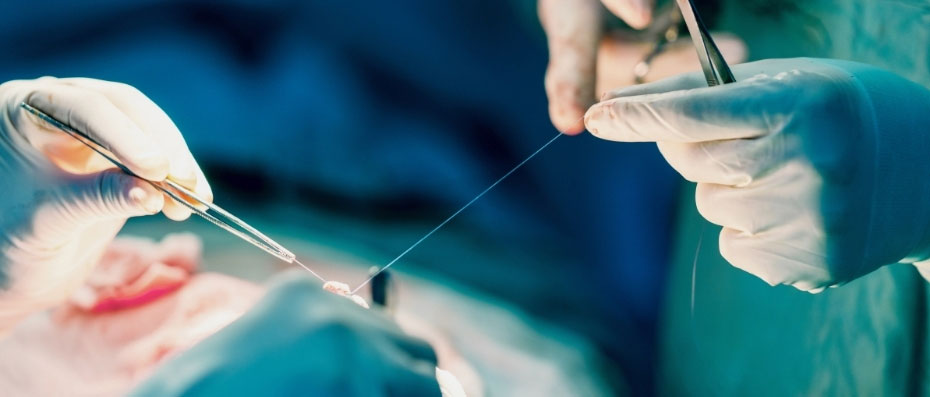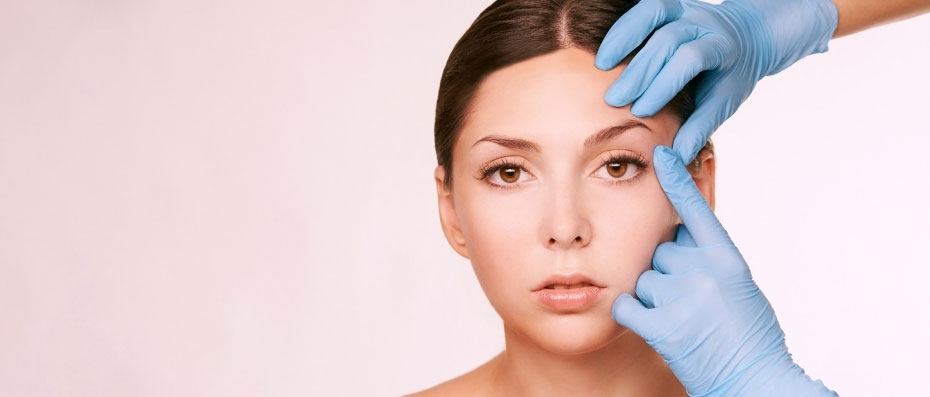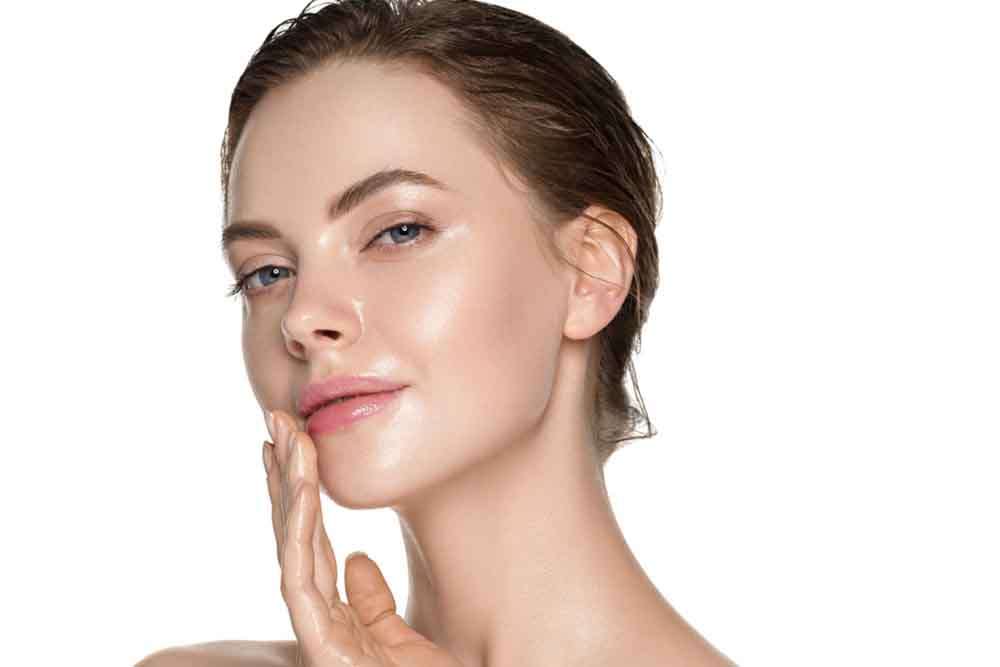PRP Treatment
PRP application is the process of separating and enriching the blood taken from the person's body in the laboratory environment and transferring it back to the body. This application is used in the treatment of areas such as skin rejuvenation and hair loss, osteoarthritis, tendon injuries. Dr. Burak PASINLIOĞLU performs PRP procedures in a comfortable clinical environment with the most advanced medical tools. Thus, a satisfactory treatment process is realized.

What is PRP Treatment?
Platelet Rich Plasma (PRP) treatment is a commonly used procedure today. Derived from the Turkish term "Platelet Rich Plasma," PRP involves extracting a small amount of blood from the patient and separating the plasma from it through a specialized process. This enriched plasma is then reinjected into the body to promote healing, rejuvenate the skin, and combat hair loss.
How is PRP Treatment Performed?
To perform PRP treatment, a small sample of blood is drawn from the patient in a sterile environment. This blood is then centrifuged to separate its components, isolating the plasma. The separated plasma is injected into targeted areas on the patient, completing one session of the PRP treatment process.
Who Cannot Undergo PRP Treatment?
While PRP treatment is versatile, it may not be suitable for everyone. Pregnant women, individuals with low blood cell counts or blood disorders, those with a family history of cancer, or individuals with infections or inflammations in the treatment area may not be candidates for PRP treatment.
What are the Risks of PRP Treatment?
PRP treatment is generally safe and does not pose any significant risks or side effects. The use of disposable kits for each session minimizes the risk of infection, and the procedure itself typically does not result in adverse effects. However, it's essential to consult with a qualified physician to minimize any potential risks.
What is PRP Used For?
PRP treatment has a wide range of applications, including skin rejuvenation, hair loss prevention, dental procedures, pain management, wrinkle reduction, blemish prevention, and wound healing.
How Many Sessions Does PRP Hair Treatment Require?
A single session of PRP treatment is often insufficient to achieve optimal results. Hair loss prevention typically requires 6-8 sessions, spaced over a period of 4 months. While significant improvement may be observed after the initial sessions, the full effects become apparent after completing the recommended number of sessions.
How Often is PRP Treatment Administered?
The frequency of PRP treatment sessions varies depending on the individual's needs and treatment goals. Sessions are typically scheduled at 2-week intervals, with a total of 4-6 cycles. Following the completion of the initial sessions, PRP treatment can be repeated as needed. Maintenance sessions every 4-6 months help prolong the effects of the treatment.
How is PRP Hair Treatment Conducted?
PRP hair treatment follows similar steps to standard PRP procedures. Blood is drawn from the patient and processed to isolate platelets, which are then injected into the scalp. Each session lasts approximately 20 minutes, with sessions repeated every two weeks.
Preparation and Aftercare for PRP Treatment
Before undergoing PRP treatment, patients should inform their physician of any medications they are taking, especially blood thinners. Anesthetic creams or solutions may be applied to minimize discomfort during the procedure. After treatment, patients may experience swelling or edema, which can be alleviated with ice packs. Avoiding blood thinners, smoking, and alcohol consumption post-treatment can aid in recovery.

 TR
TR  ES
ES  DE
DE 



